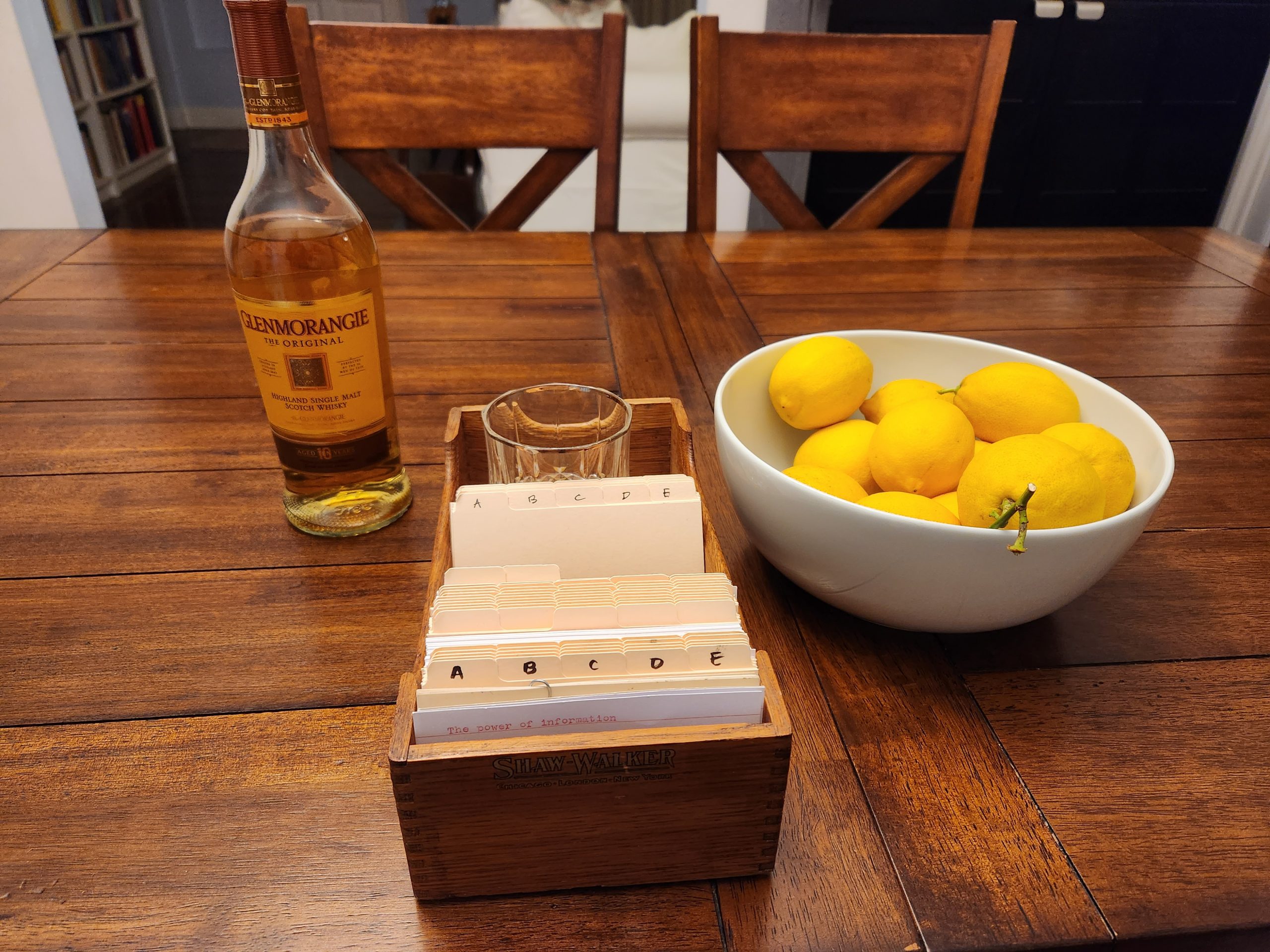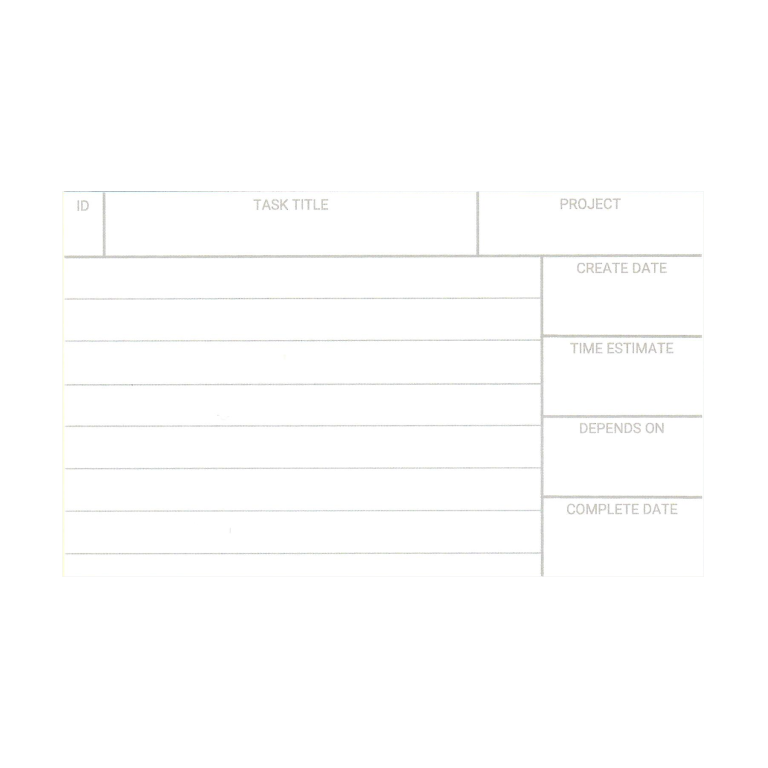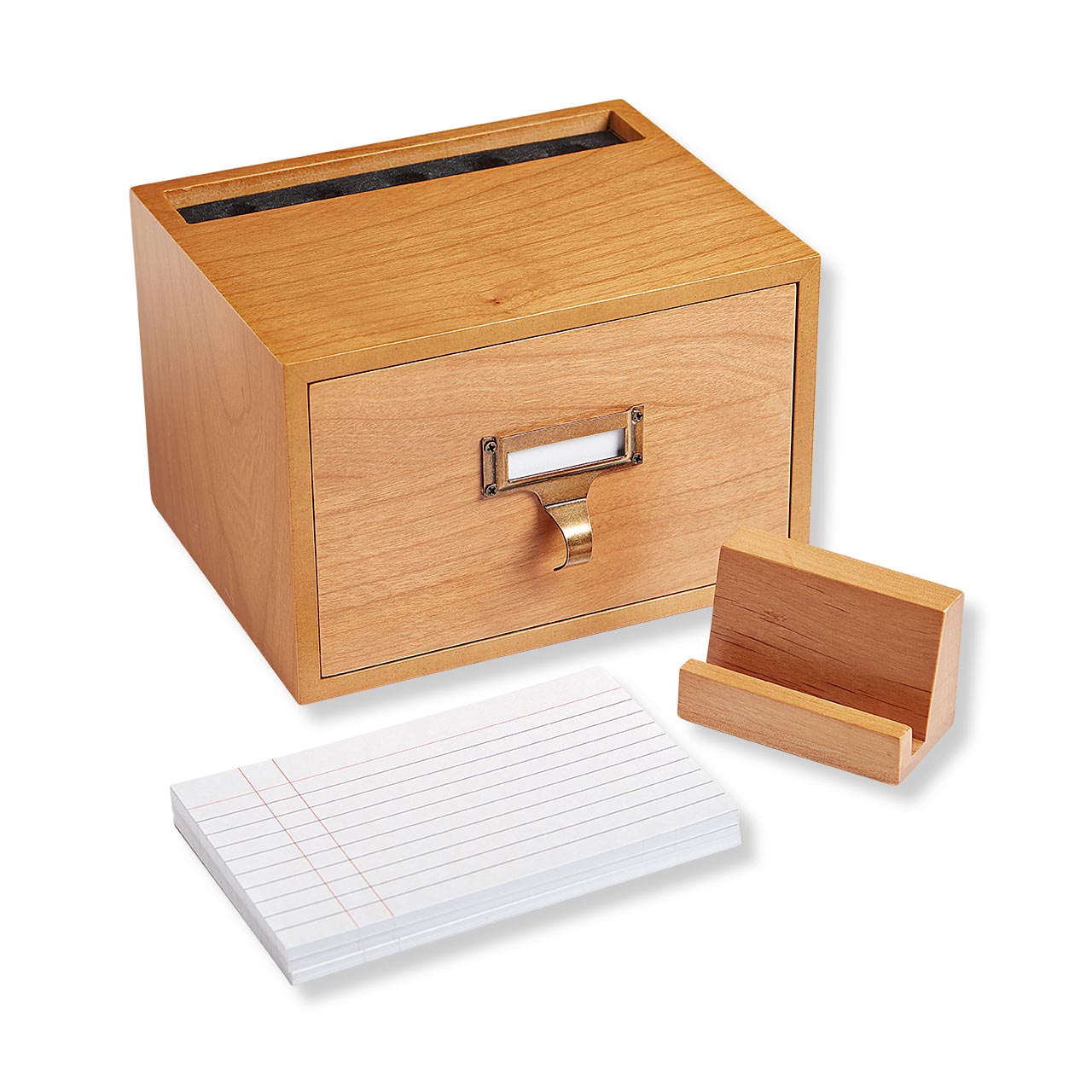reply to rogerscrafford at tk
Fine furniture comes at a fine price. 🗃️🤩 I suspect that it won't sell for quite a while and one could potentially make an offer at a fraction of that to take it off their hands. It might bear considering that if one had a practice large enough to fill half or more, then that price probably wouldn't seem too steep for the long term security and value of the contents.
On a price per card of storage for some of the cheaper cardboard or metal boxes you're going to pay about $0.02-0.03 per card, but you'd need about 14 of those to equal this and those aren't always easy to stack and access regularly. With this, even at the full $1,900, you're looking at storage costs of $0.10/card, but you've got a lot more ease of use which will save you a lot of time and headache as more than adequate compensation, particularly if you're regularly using the approximately 20,400 index cards it would hold. Not everyone has the same esthetic, but I suspect that most would find that this will look a lot nicer in your office than 14 cheap cardboard boxes. That many index cards even at discount rates are going to cost you about $825 just in cards much less beautiful, convenient, and highly usable storage.
Even for some of the more prolific zettelkasten users, this sort of storage is about 20 years of use and if you compare it with $96/year for Notion or $130/year for Evernote, you're probably on par for cost either way, but at least with the wooden option, you don't have to worry about your note storage provider going out of business a few years down the line. Even if you go the "free" Obsidian route, with computers/storage/backups over time, you're probably not going to come out ahead in the long run. It's not all apples to apples comparison and there are differences in some of the affordances, but on balance and put into some perspective, it's probably not the steep investment it may seem.
And as an added bonus, while you're slowly filling up drawers, as a writer you might appreciate the slowly decreasing wine/whiskey bottle storage over time? A 5 x 8 drawer ought to fit three bottles of wine or as many fifths of Scotch. It'll definitely accommodate a couple of magnums of Jack Daniels. 🥃🍸🍷My experience also tells me that an old fashioned glass can make a convenient following block in card index boxes.









 Screen capture from the movie
Screen capture from the movie